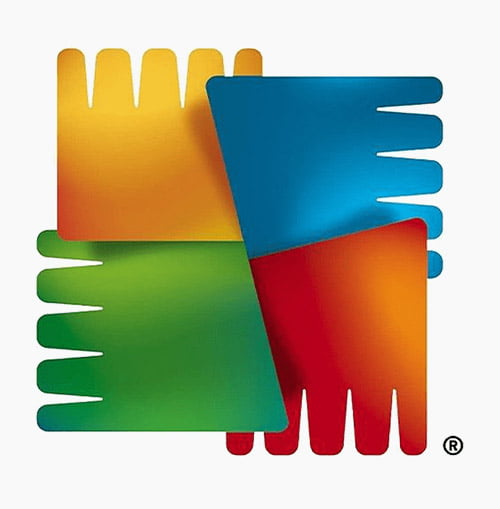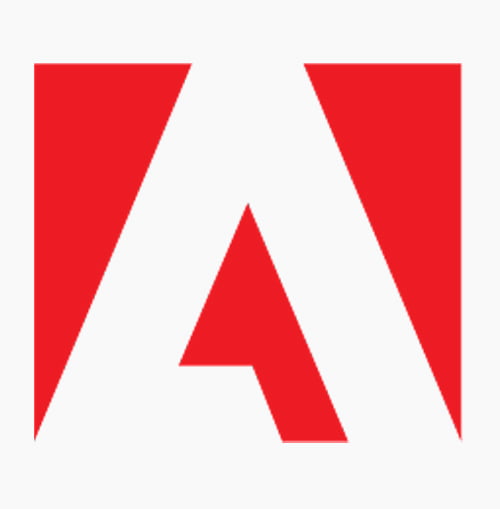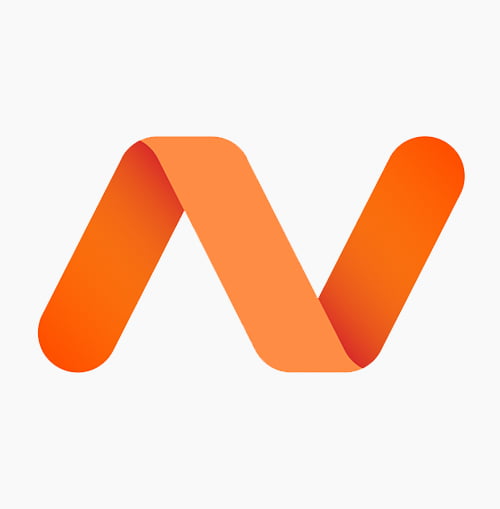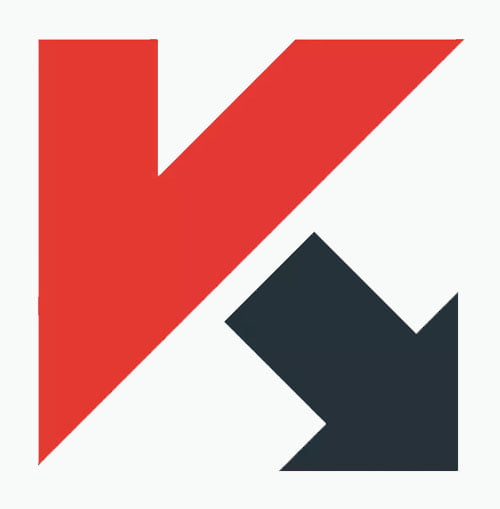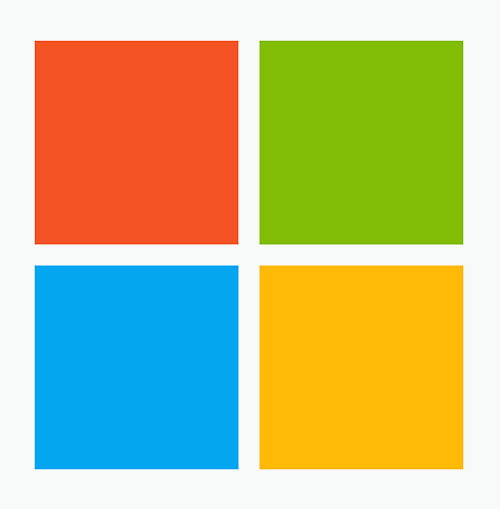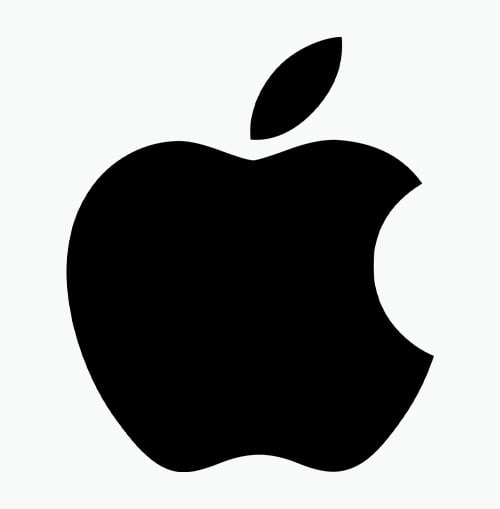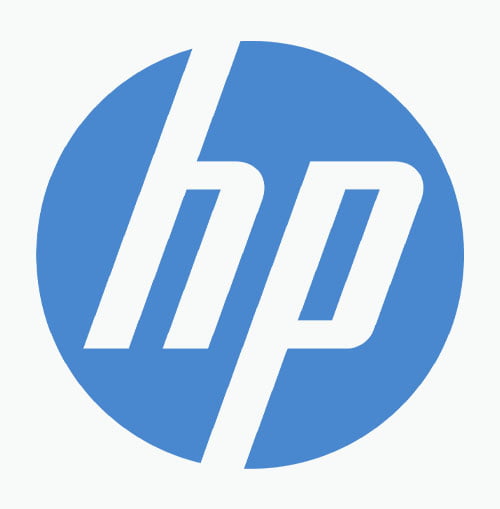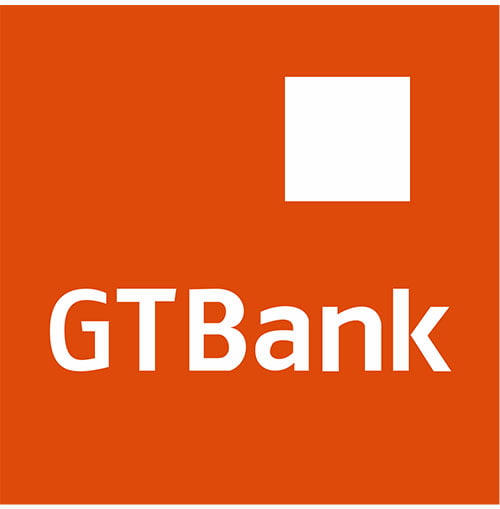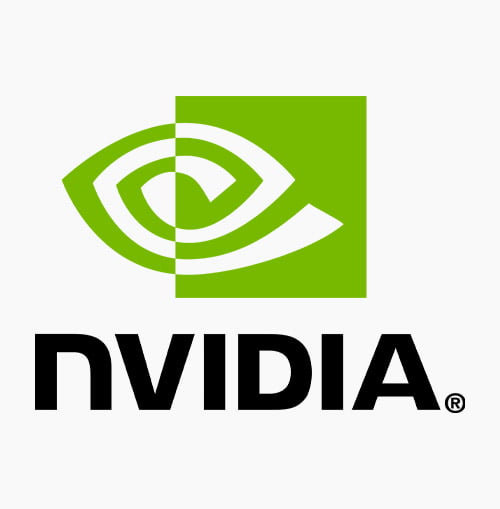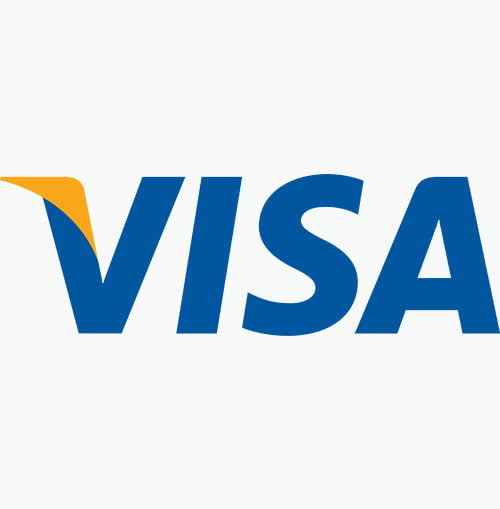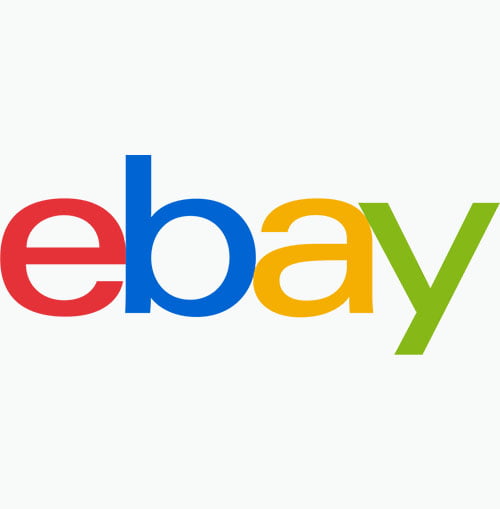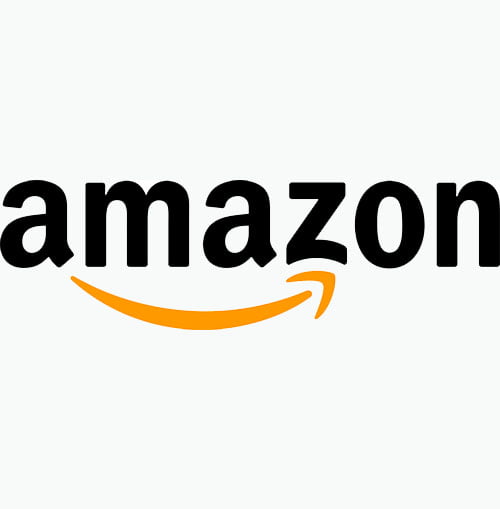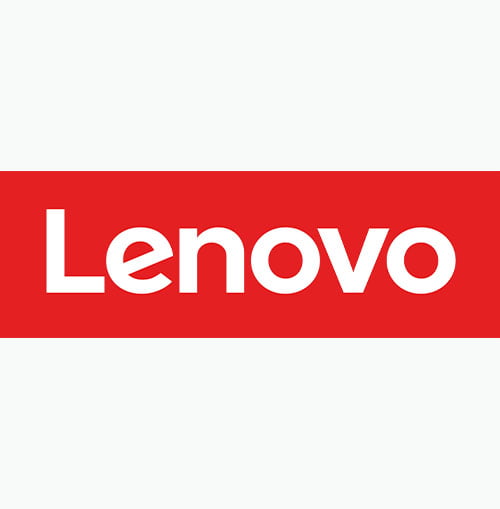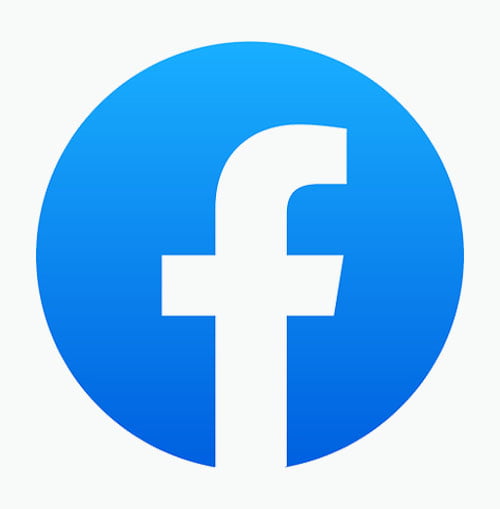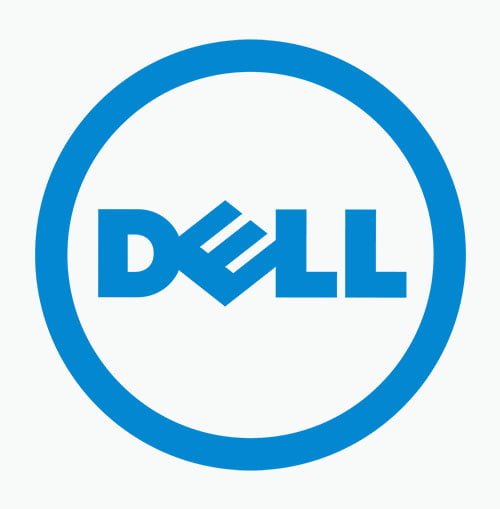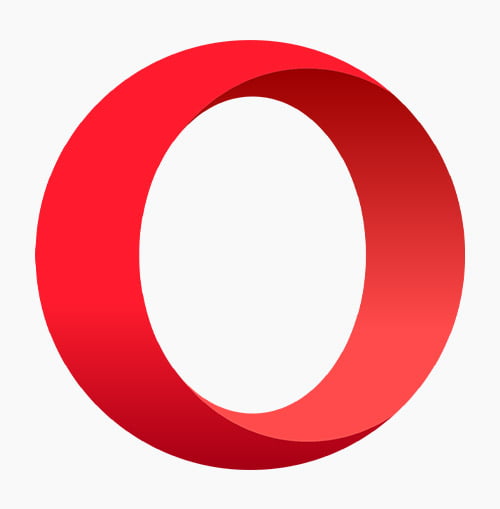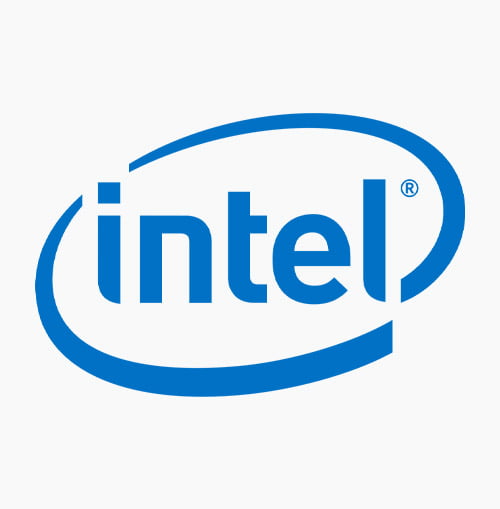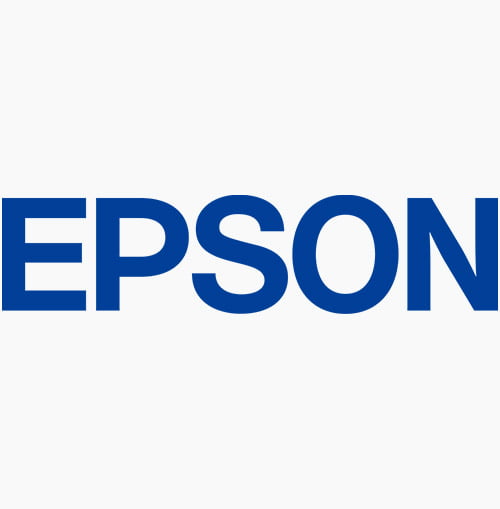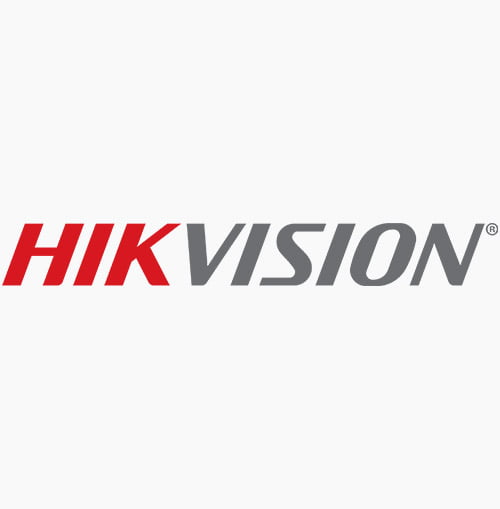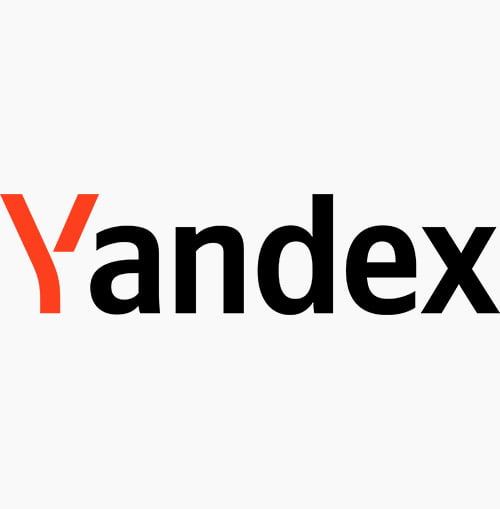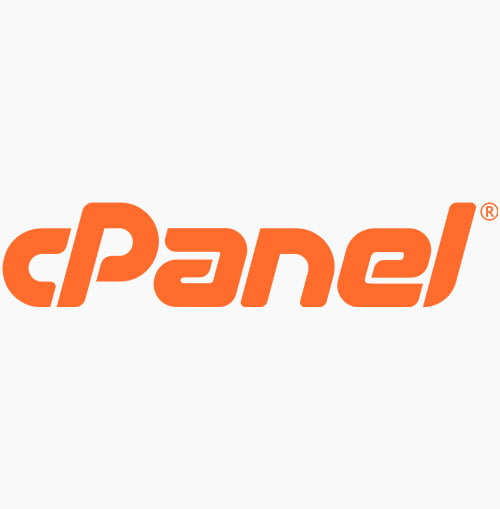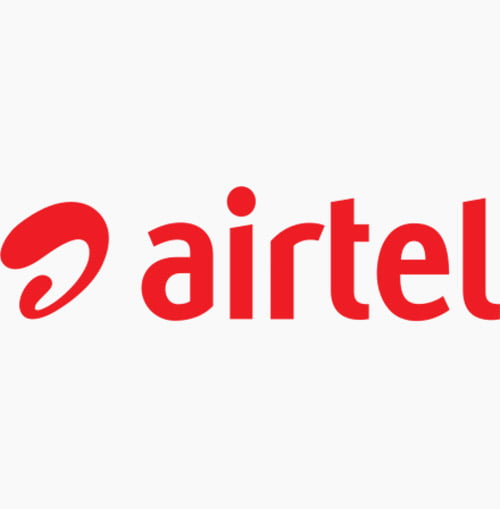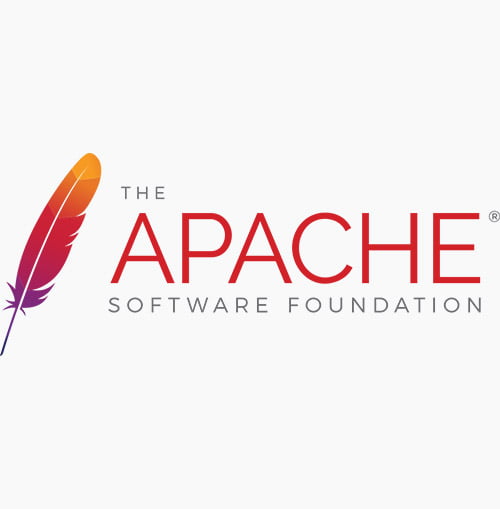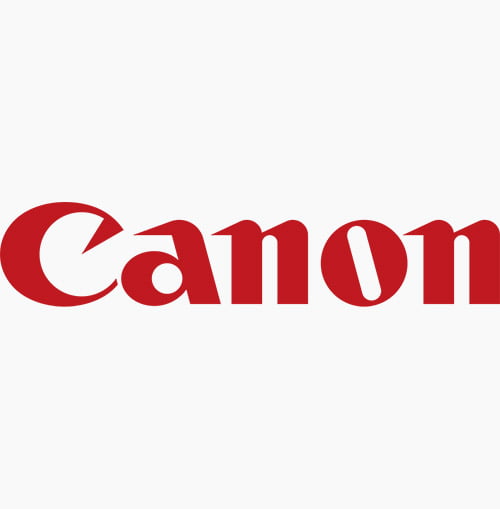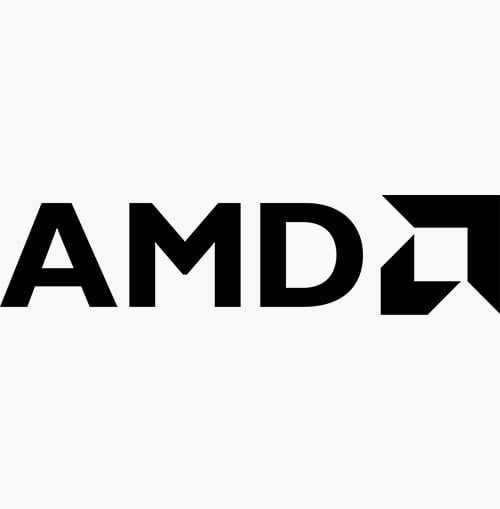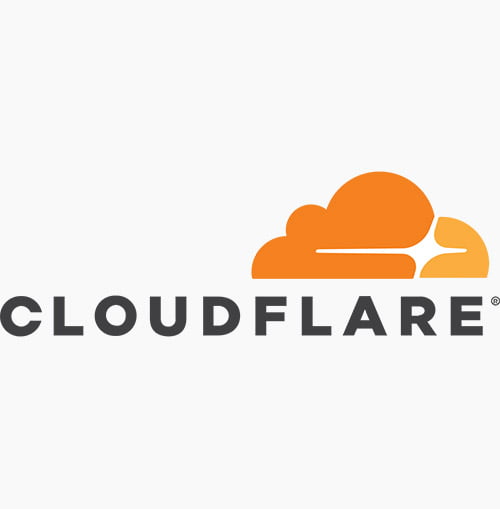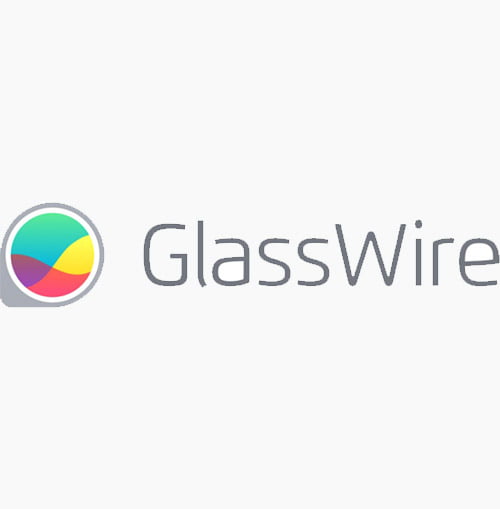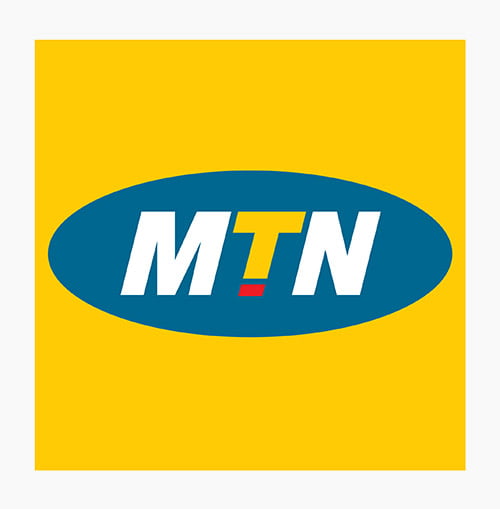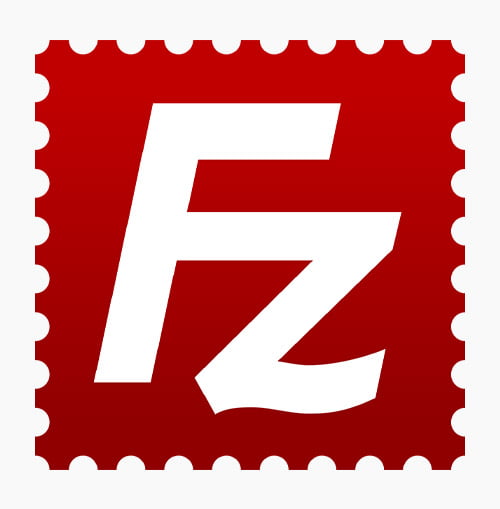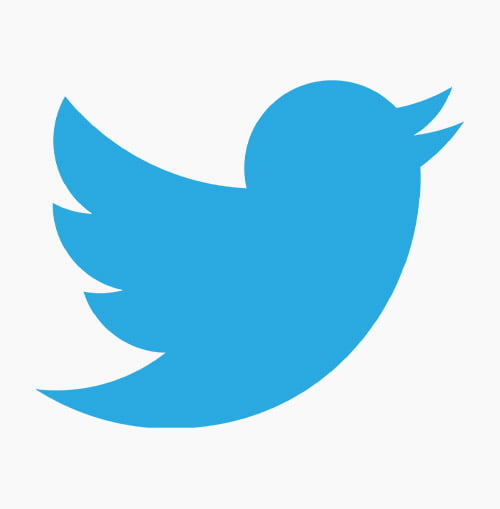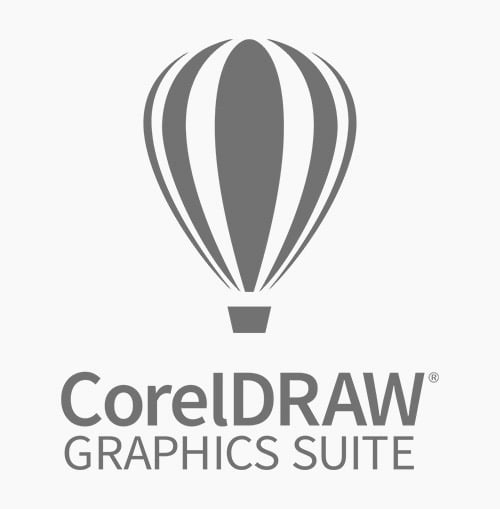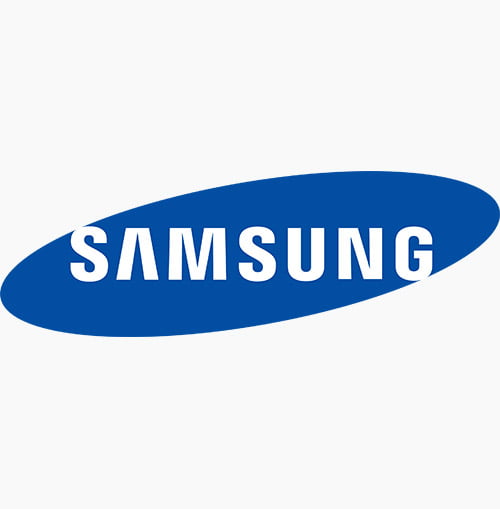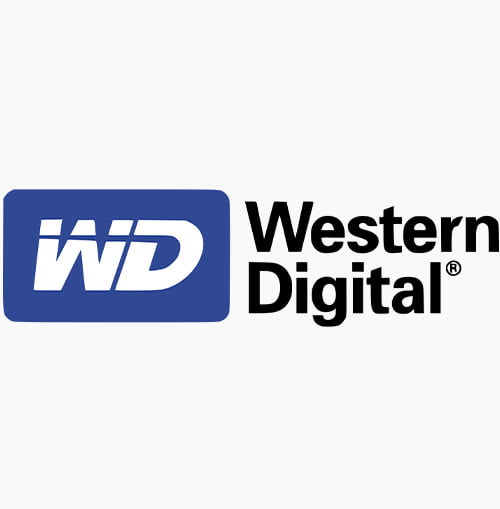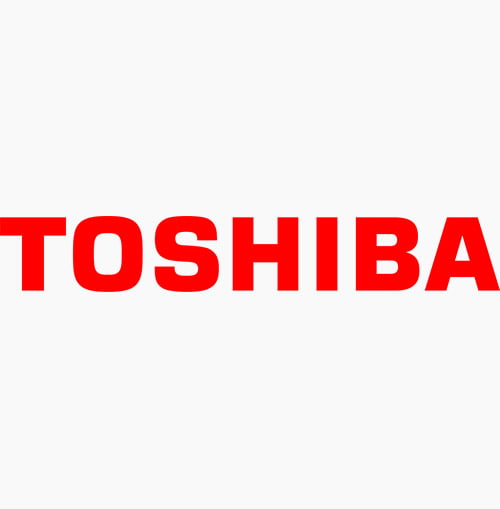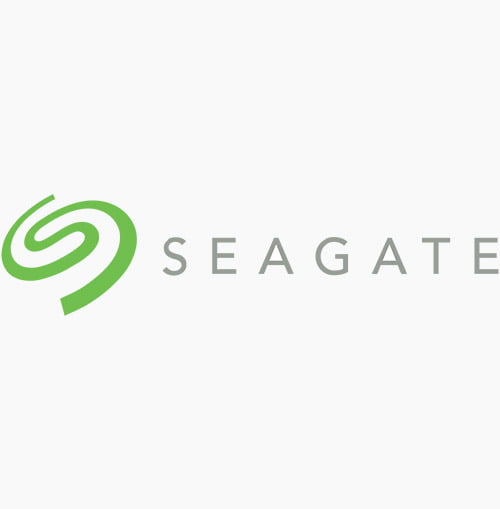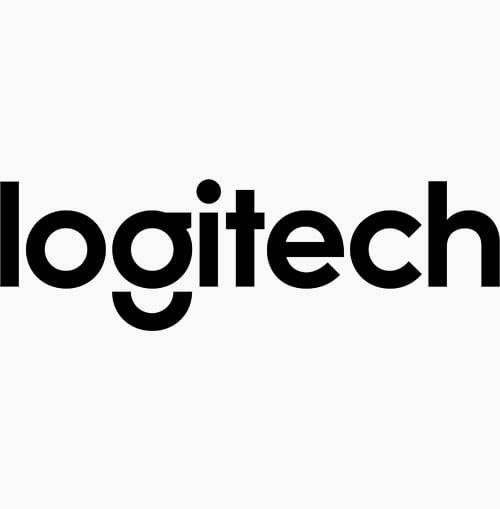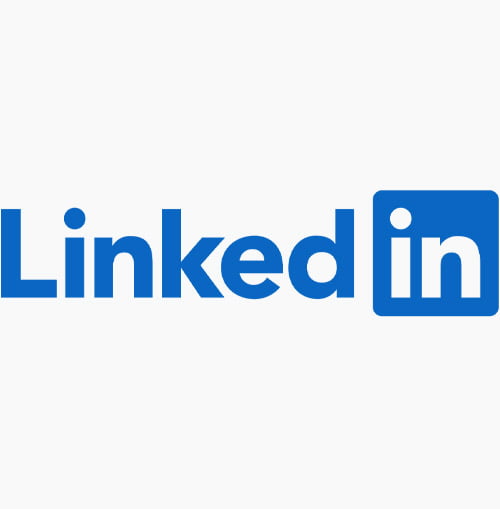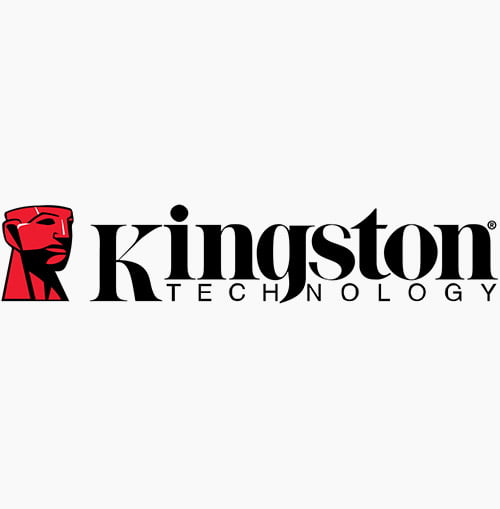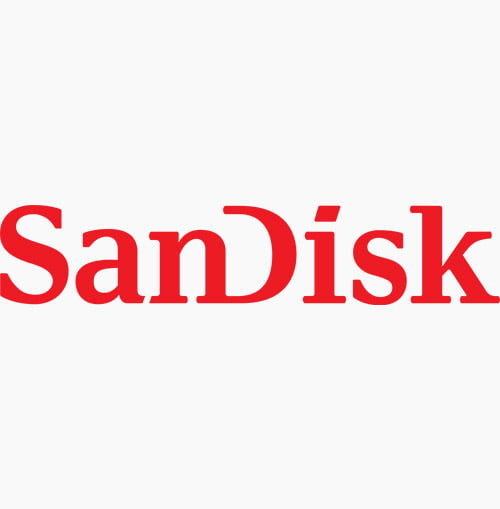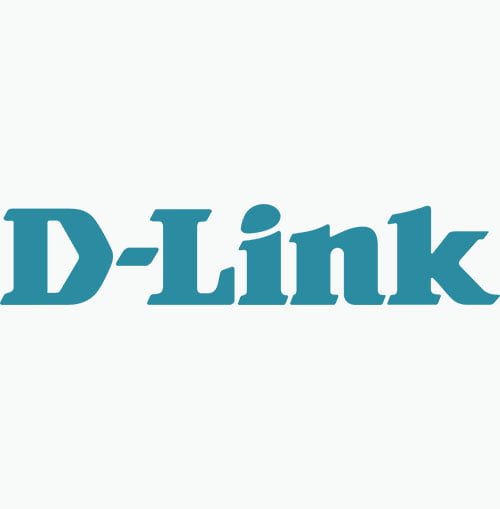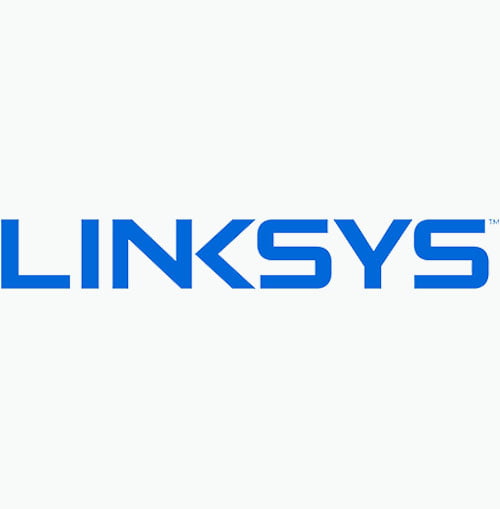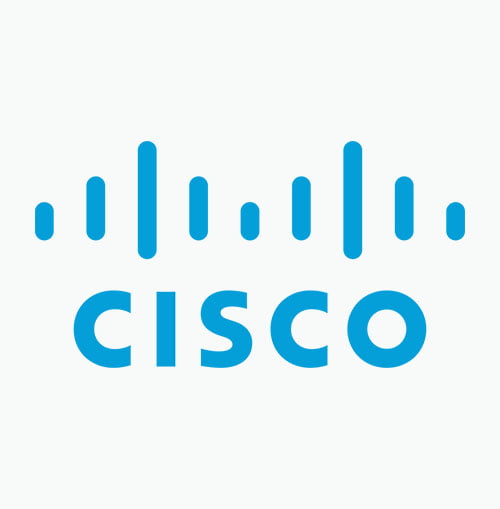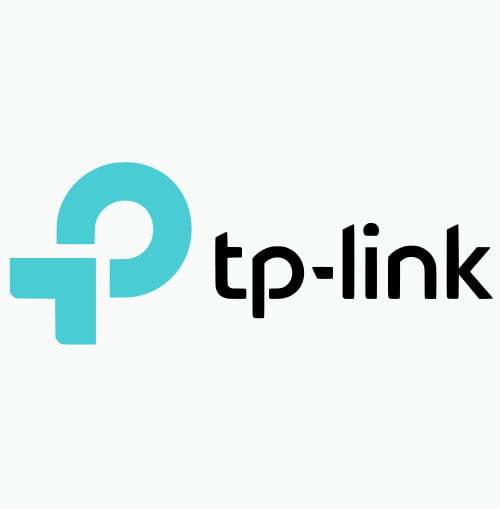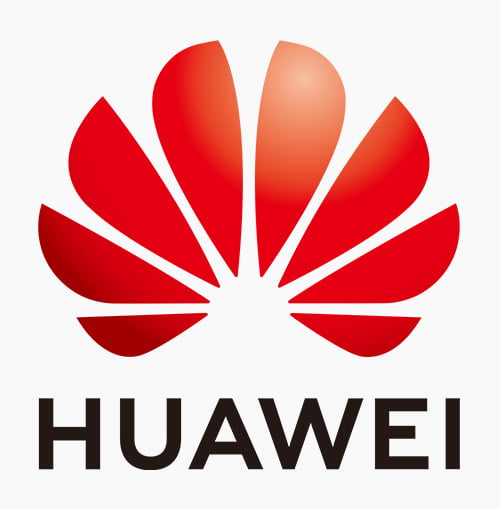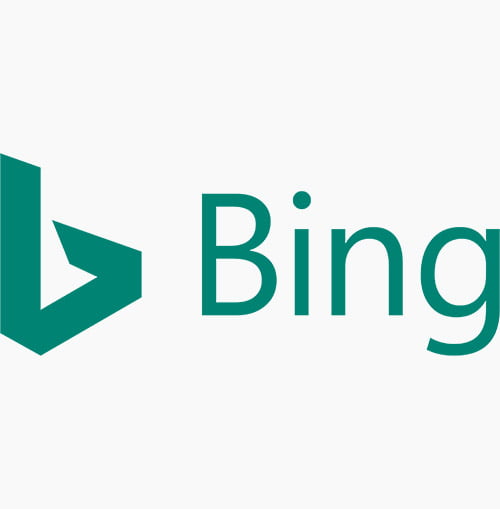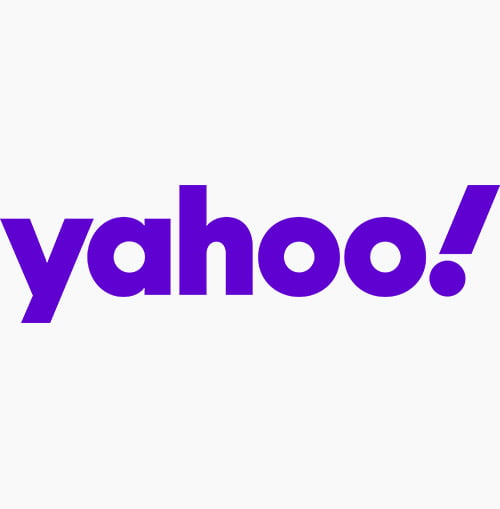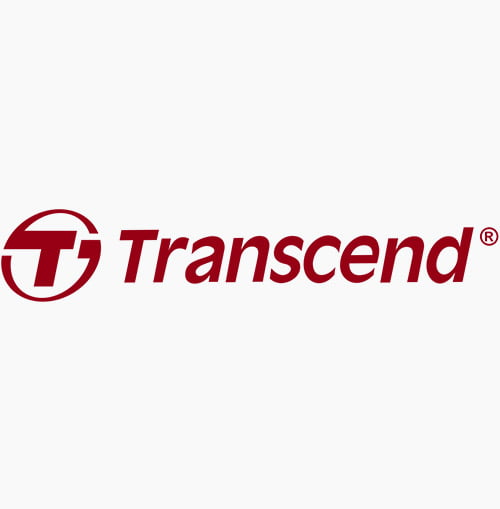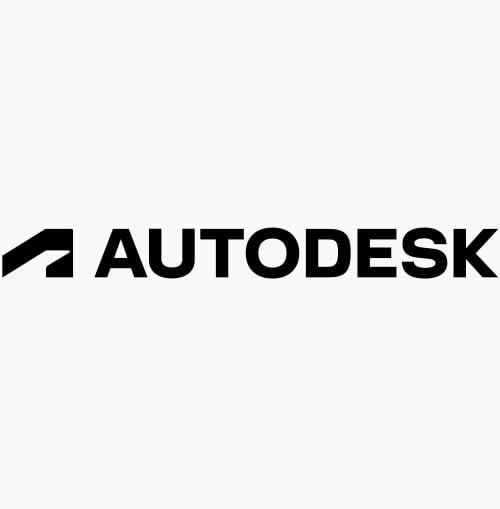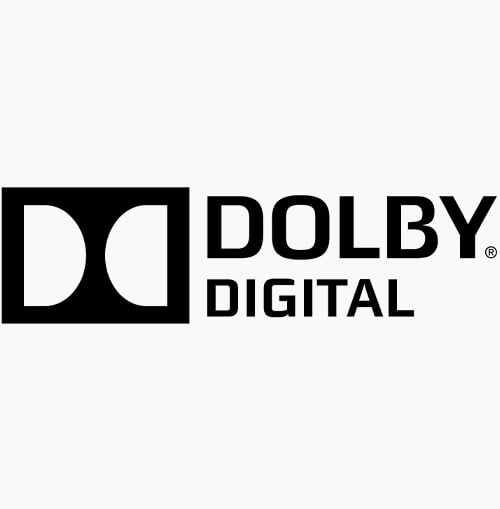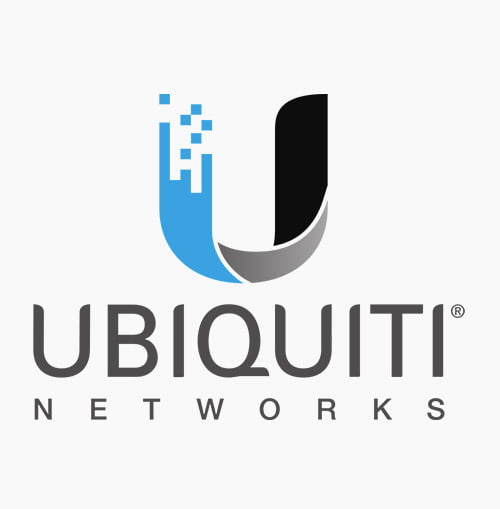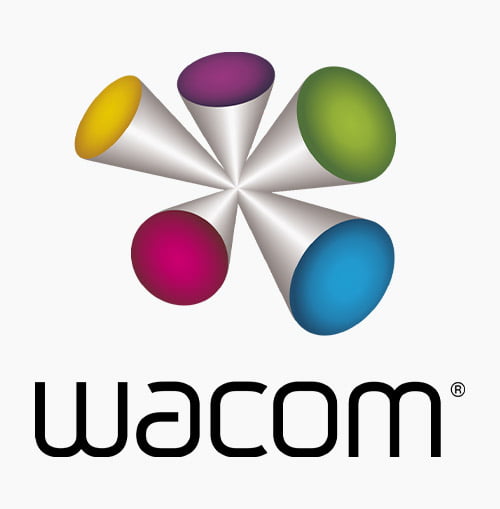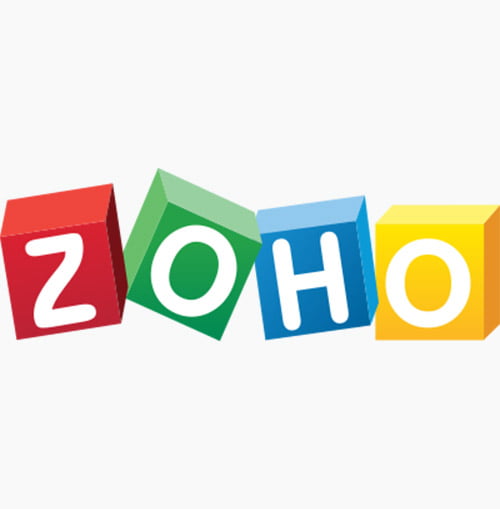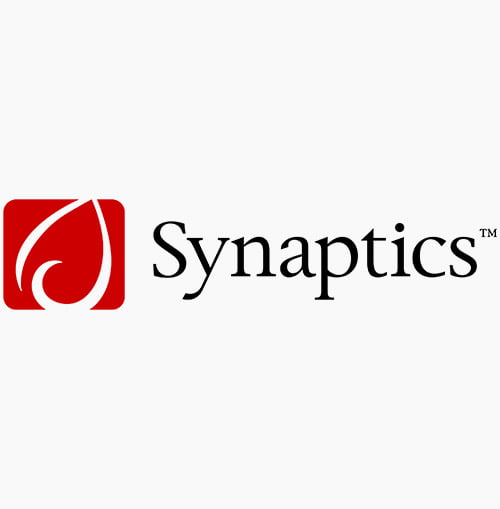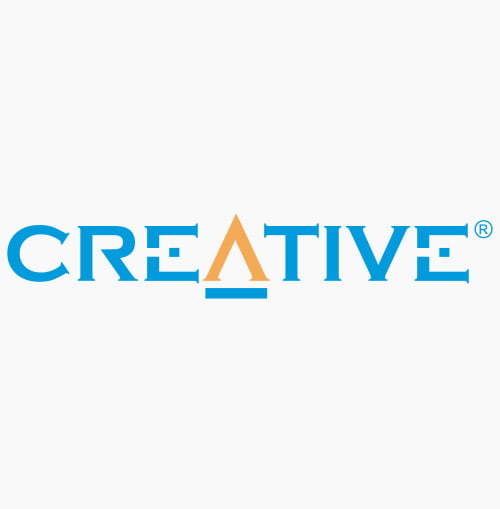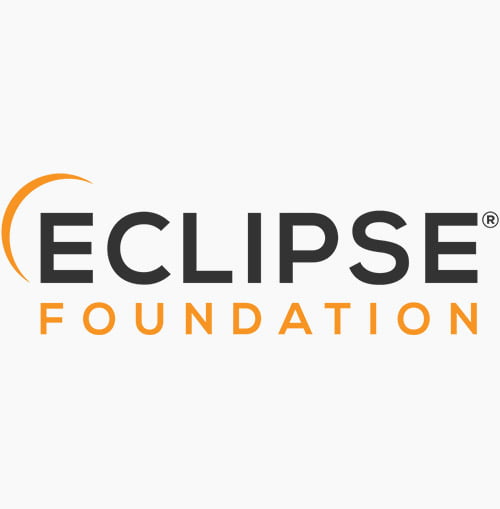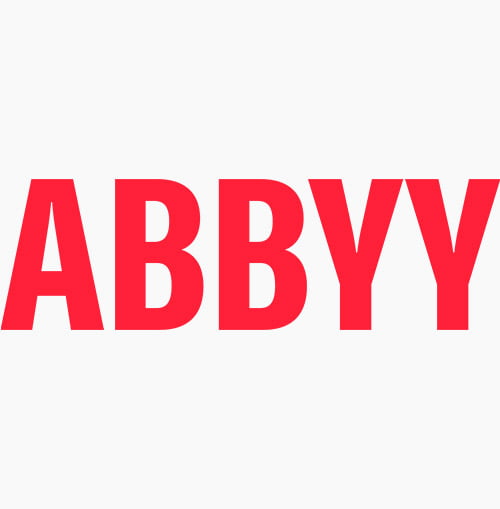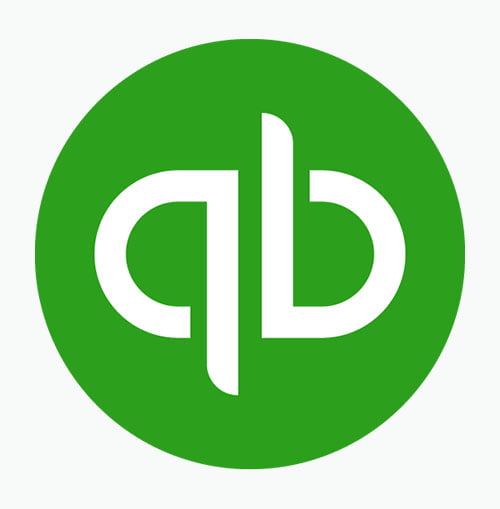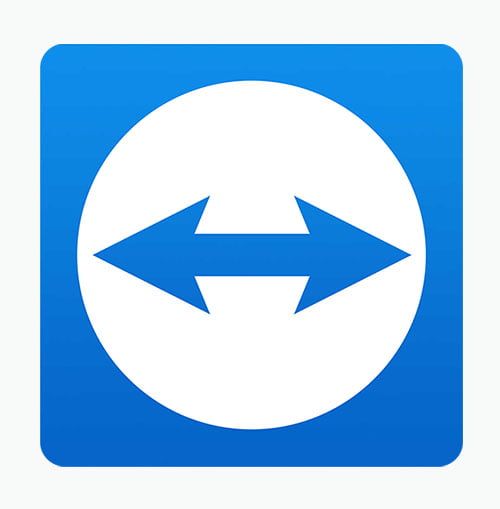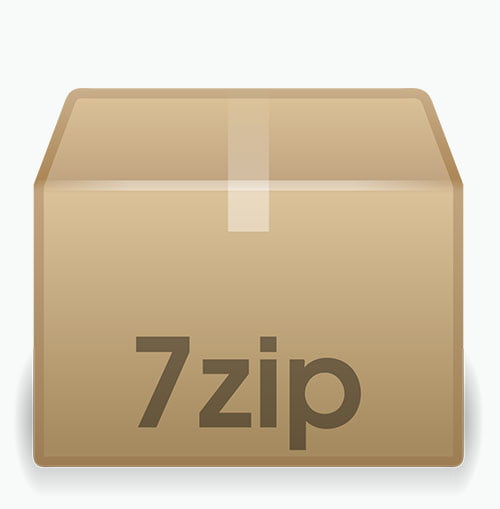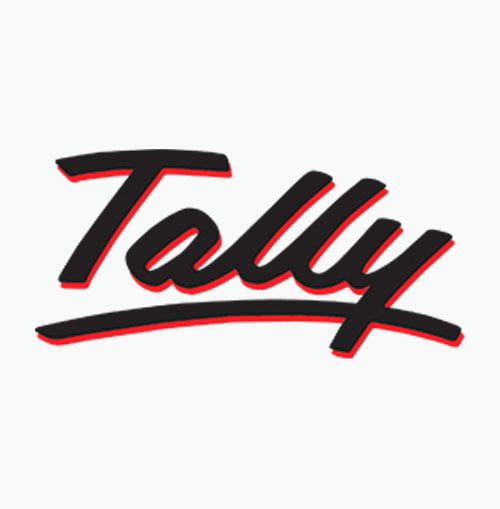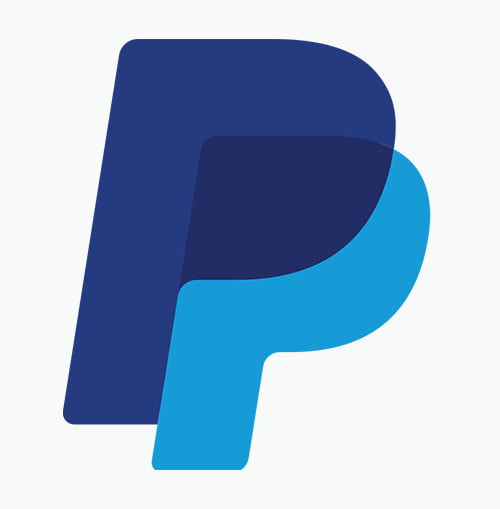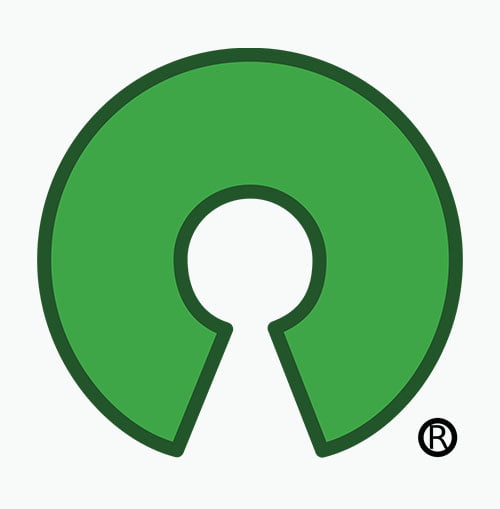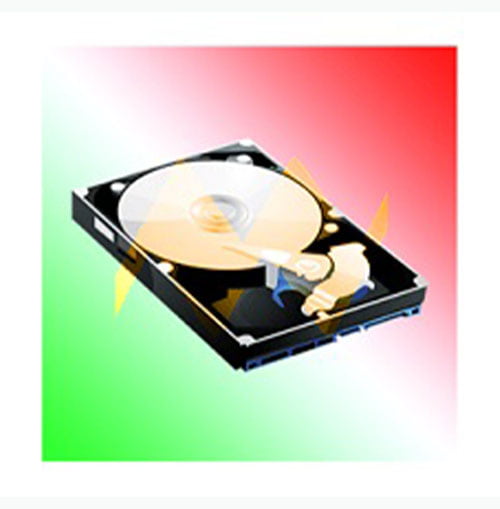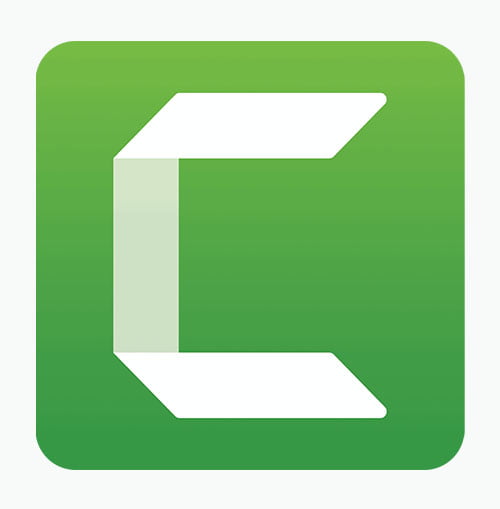Pharmacy management system solutions company kampala uganda isazeni solution
It sounds like Isazeni Solutions SMC Limited could offer a Pharmacy Management System as part of its ICT Solutions, helping pharmacies in Kampala, Uganda, streamline their operations. A Pharmacy Management System is an essential tool for improving efficiency, accuracy, and customer satisfaction in pharmaceutical businesses.
Here’s how Isazeni Solutions could position itself as a provider of a cutting-edge Pharmacy Management System:
Pharmacy Management System Solutions by Isazeni Solutions SMC Limited
Empowering Your Pharmacy with Seamless Technology
At Isazeni Solutions SMC Limited, we specialize in providing innovative Pharmacy Management Systems that simplify day-to-day operations, improve customer service, and enhance business efficiency. Our tailored solutions are designed for pharmacies across Kampala and Uganda, providing real-time access to inventory management, sales tracking, billing, reporting, and more.
Why Choose Our Pharmacy Management System?
- Streamlined Inventory Management: Our system allows pharmacies to manage their stock with ease. Track stock levels, monitor expiry dates, and receive alerts when inventory is low. This helps avoid stockouts and overstocking, ensuring the right medication is always available for customers.
- Efficient Billing and POS (Point of Sale): Improve the speed and accuracy of billing with our integrated Point of Sale (POS) system. Our software enables quick transactions, helping reduce waiting times and increasing customer satisfaction.
- Sales and Financial Reporting: Stay on top of your finances with comprehensive sales reports, financial summaries, and analytical tools. Our system generates reports to help pharmacy managers make informed business decisions, monitor revenue, and track expenses effectively.
- Customer Management: Keep track of customer profiles, their medication history, and preferences. This feature not only enhances customer satisfaction but also helps in building strong relationships with repeat customers.
- Prescription Management: Handle prescription processing with ease. Our system allows you to manage prescriptions, track fulfillment, and ensure compliance with regulations, improving service delivery and minimizing errors.
- Security and Compliance: Our Pharmacy Management System is built with security and regulatory compliance in mind. We ensure that sensitive customer and inventory data is encrypted and secure. The system is also designed to adhere to industry standards and local regulations in Uganda.
How Isazeni Solutions Can Help Your Pharmacy Thrive:
- Customized Solutions: Every pharmacy is unique, and so are its needs. We work with you to develop a solution that aligns with your specific goals and requirements.
- User-Friendly Interface: Our system is easy to navigate, reducing the learning curve for your staff and ensuring smooth operations from day one.
- 24/7 Support: We provide continuous customer support to ensure your Pharmacy Management System operates smoothly and any issues are resolved quickly.
- Scalable for Growth: As your pharmacy grows, so does our system. We offer scalable solutions that can accommodate your expanding business needs.
Transform Your Pharmacy’s Operations with Isazeni Solutions
With over 100 years of combined experience in the ICT industry, Isazeni Solutions SMC Limited has the expertise to deliver a Pharmacy Management System that is reliable, secure, and designed to elevate your business. Whether you’re running a small pharmacy or a chain of stores, we have the right solution to help you grow and succeed.
Need Systems Design & Software Development?

What is pharmacy management system solutions
A Pharmacy Management System (PMS) is a software solution designed to help pharmacies manage their operations efficiently. It automates various tasks, making it easier for pharmacy staff to handle day-to-day activities, such as inventory management, billing, prescription processing, customer management, and financial reporting.
Here’s a more detailed breakdown of its key functions:
1. Inventory Management:
The system helps pharmacies track their stock levels in real-time, ensuring they never run out of essential medications. It also alerts the pharmacy when stock is low, helps prevent overstocking, and monitors expiry dates to reduce waste.
2. Prescription Management:
The PMS allows pharmacy staff to manage and process prescriptions from doctors. It can record patient details, verify the prescribed medications, track the status of the prescription (e.g., whether it’s been fulfilled), and ensure accurate dispensing of the right medications.
3. Point of Sale (POS) System:
The POS feature enables fast and efficient transactions at the counter. The pharmacy staff can scan medications, calculate prices, process payments, issue receipts, and apply discounts. This simplifies billing and reduces human errors.
4. Customer Management:
Pharmacies can maintain a database of their customers, including contact information, medication history, and preferences. This allows for personalized services, better customer retention, and easy communication regarding refill reminders or new stock arrivals.
5. Financial and Sales Reporting:
A PMS generates detailed reports on sales, revenue, and expenses. This helps pharmacy owners and managers keep track of their business performance, monitor cash flow, and make data-driven decisions. It also aids in tax reporting and compliance.
6. Security and Compliance:
A Pharmacy Management System ensures that patient data and pharmacy transactions are kept secure. It complies with local and international regulations, such as ensuring the privacy of patient information in accordance with data protection laws.
7. Stock Alerts and Reordering:
The system can automatically alert the pharmacy when it’s time to reorder stock, and even suggest reordering levels based on usage history. This ensures continuous availability of medications without overstocking or understocking.
8. Reporting and Analytics:
The system can generate a variety of reports, such as sales reports, inventory turnover, medication usage patterns, and customer buying behaviors. This data helps pharmacy managers make informed decisions and optimize operations.
Why is a Pharmacy Management System Important?
- Efficiency: Automation reduces manual labor, saving time and minimizing human errors.
- Better Service: Improved organization leads to faster customer service and enhanced satisfaction.
- Compliance: Ensures the pharmacy is in line with local regulations and standards.
- Cost Savings: Helps control inventory costs and reduces waste through better stock management.
- Data Access: Real-time access to data helps in decision-making and forecasting.
Who Can Benefit from a Pharmacy Management System?
- Pharmacy Owners: To streamline daily operations, improve financial management, and maintain accurate records.
- Pharmacy Staff: To improve efficiency in prescription processing, inventory management, and customer service.
- Customers: For a faster, more accurate experience when filling prescriptions and purchasing medications.
In summary, a Pharmacy Management System enhances the operational efficiency, accuracy, and profitability of pharmacies, while also improving customer satisfaction. It’s a vital tool for modernizing pharmacy operations in today’s fast-paced business environment.
Need Systems Design & Software Development?
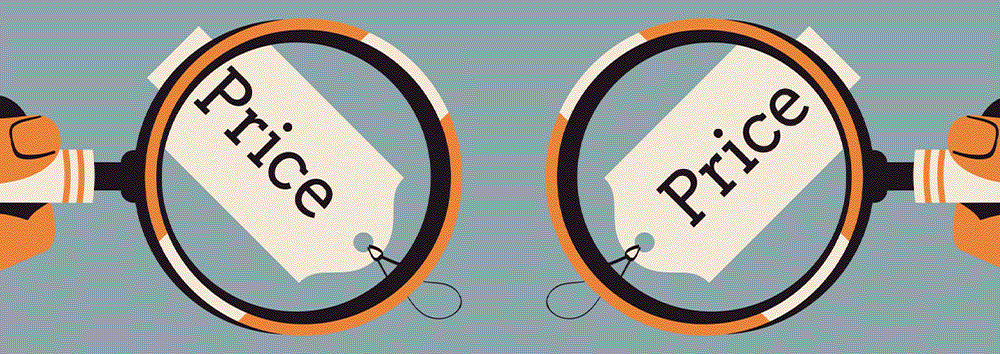
How much is pharmacy management system solutions
The cost of a Pharmacy Management System (PMS) can vary depending on several factors, such as the size of the pharmacy, the complexity of the system, the number of users, the features required, and whether the solution is cloud-based or on-premise. In the context of Isazeni Solutions SMC Limited providing a Pharmacy Management System in Kampala, Uganda, the pricing would depend on these key factors and the level of customization needed for each pharmacy.
Below is a breakdown of what the cost structure might look like, including the potential features and examples.
Factors Influencing the Cost of Pharmacy Management System:
- Type of License:
- One-time license: A one-time fee for on-premise systems.
- Subscription-based (SaaS): Monthly or annual subscription for cloud-based systems.
- Number of Users:
- The more users accessing the system (pharmacy staff, managers, etc.), the higher the cost.
- Features Required:
- Advanced features (e.g., reporting, multi-store support, automated reordering, etc.) can increase the price.
- Customization and Support:
- Custom-built solutions tailored to specific pharmacy needs or ongoing support can increase costs.
- Hosting (Cloud or On-premise):
- Cloud-based solutions typically have a subscription model, while on-premise systems might have an upfront cost with additional costs for hardware.
- Basic Pharmacy Management System (Small Pharmacy):
|
Feature |
Description |
Estimated Cost (UGX) |
|
Inventory Management |
Basic stock tracking and alerts |
UGX 1,110,000 – UGX 1,850,000 |
|
Prescription Management |
Simple prescription processing |
UGX 740,000 – UGX 1,480,000 |
|
Point of Sale (POS) |
Simple billing and sales system |
UGX 1,850,000 – UGX 2,960,000 |
|
Customer Management |
Basic customer database |
UGX 370,000 – UGX 740,000 |
|
Cloud Hosting |
Basic cloud hosting (for 1-3 users) |
UGX 74,000 – UGX 185,000 per month |
|
Total Estimated Cost |
Basic solution for small pharmacies |
UGX 4,740,000 – UGX 7,220,000 |
- Advanced Pharmacy Management System (Medium to Large Pharmacy):
|
Feature |
Description |
Estimated Cost (UGX) |
|
Inventory Management |
Advanced tracking, expiry date alerts, automated reordering |
UGX 1,850,000 – UGX 2,960,000 |
|
Prescription Management |
Multi-prescription processing, automatic dispensing |
UGX 1,480,000 – UGX 2,220,000 |
|
Point of Sale (POS) |
Multi-register POS, integrated with inventory |
UGX 2,960,000 – UGX 4,440,000 |
|
Customer Management |
Loyalty programs, prescription history tracking |
UGX 740,000 – UGX 1,480,000 |
|
Reporting and Analytics |
Advanced sales, financial, and inventory reports |
UGX 1,110,000 – UGX 2,220,000 |
|
Cloud Hosting |
Hosting for 5-10 users, secure and reliable |
UGX 185,000 – UGX 555,000 per month |
|
Support & Customization |
Custom features, system integration, ongoing support |
UGX 1,850,000 – UGX 3,700,000 per year |
|
Total Estimated Cost |
Advanced solution for medium/large pharmacies |
UGX 8,325,000 – UGX 16,770,000 |
- Enterprise-Level Pharmacy Management System (Large Chains or Multi-Store Pharmacies):
|
Feature |
Description |
Estimated Cost (UGX) |
|
Inventory Management |
Advanced, multi-location inventory management |
UGX 3,700,000 – UGX 7,400,000 |
|
Prescription Management |
Fully integrated prescription processing across multiple stores |
UGX 3,700,000 – UGX 5,550,000 |
|
Point of Sale (POS) |
Multi-location POS system with full reporting |
UGX 7,400,000 – UGX 11,100,000 |
|
Customer Management |
Integrated customer relationship management (CRM) |
UGX 1,850,000 – UGX 3,700,000 |
|
Reporting and Analytics |
Customizable, detailed reporting for large operations |
UGX 1,850,000 – UGX 5,550,000 |
|
Cloud Hosting |
Hosting for 15-20 users with high scalability |
UGX 370,000 – UGX 1,110,000 per month |
|
Support & Customization |
Ongoing technical support and system updates |
UGX 3,700,000 – UGX 7,400,000 per year |
|
Total Estimated Cost |
Enterprise-level solution for multi-location pharmacies |
UGX 18,870,000 – UGX 41,850,000 |
Payment Models:
- One-time Payment (Perpetual License):
- For larger businesses, a one-time payment with no ongoing monthly charges, except for maintenance and support.
- Subscription-based Payment (Cloud/SaaS):
- Monthly or annual subscriptions, ideal for businesses that don’t want to manage infrastructure.
Example Scenario:
For a Medium to Large Pharmacy in Kampala, Uganda, choosing an Advanced Pharmacy Management Systemfrom Isazeni Solutions SMC Limited with 5 users and basic cloud hosting:
- Total One-time Payment (for software, features, and installation):
UGX 8,325,000 – UGX 16,770,000 - Annual Subscription for Cloud Hosting:
UGX 185,000 – UGX 555,000 per month × 12 months = UGX 2,220,000 – UGX 6,660,000 per year. - Total First Year Cost:
UGX 8,325,000 + UGX 2,220,000 = UGX 10,545,000
(on the lower end)
or
UGX 16,770,000 + UGX 6,660,000 = UGX 23,430,000
(on the higher end).
Why Choose Isazeni Solutions for Pharmacy Management Systems?
- Tailored Solutions: We offer customized solutions to fit the needs of each pharmacy.
- Local Expertise: As a local company in Kampala, we understand the specific requirements and regulations.
- Continuous Support: We ensure our clients have access to reliable technical support and system updates.
These costs are estimates and can vary based on your specific requirements and any additional customizations. Feel free to reach out for a personalized quote!
Need Systems Designers & Software Developers?

Types of pharmacy management system solutions
There are various types of Pharmacy Management System (PMS) solutions, each designed to address specific needs of different pharmacy types and sizes. Here are 10 common types of pharmacy management systems, each with its unique focus:
- Retail Pharmacy Management System
- Description: Focuses on managing the day-to-day operations of a retail pharmacy, including prescription processing, sales, inventory control, and customer management.
- Key Features:
- Prescription management
- Point of sale (POS)
- Inventory management
- Customer management and loyalty programs
- Sales and financial reporting
- Hospital Pharmacy Management System
- Description: Tailored for pharmacies operating in hospitals, this system integrates with hospital management systems (HMS) to streamline medication distribution and patient care.
- Key Features:
- Integration with hospital systems for patient prescriptions
- Inventory management of critical drugs
- Controlled drug tracking
- Medication administration records (MAR)
- Clinical decision support for pharmacists
- Clinic Pharmacy Management System
- Description: Designed for pharmacies within clinics, this system helps manage both outpatient and in-house pharmacy operations, with a focus on patient prescriptions and medicine dispensing.
- Key Features:
- Prescription management for outpatient care
- Integrated with clinic’s electronic health records (EHR)
- Billing and insurance claims processing
- Stock and inventory tracking
- Patient medication history tracking
- Compounding Pharmacy Management System
- Description: Used by pharmacies that specialize in creating personalized medications for patients (e.g., compounding medications for unique dosages, strengths, or allergies).
- Key Features:
- Formulation management
- Raw material inventory tracking
- Customized prescriptions
- Lot number tracking and expiration date management
- Patient-specific formulations and medication management
- Community Pharmacy Management System
- Description: Designed for community-based pharmacies that serve a broad customer base, focusing on quick, efficient dispensing and management of common medications.
- Key Features:
- Prescription processing and drug dispensing
- Integration with third-party insurance providers
- Patient counseling and education
- Sales and revenue reporting
- Medication refill management
- Chain Pharmacy Management System
- Description: Used by large pharmacy chains with multiple locations, this system manages inventory, sales, and customer data across several branches.
- Key Features:
- Multi-location inventory and stock management
- Centralized reporting and analytics
- Cross-store data synchronization
- Employee and shift management
- Franchise management tools
- Long-Term Care Pharmacy Management System
- Description: Specializes in managing the pharmaceutical needs of long-term care facilities, such as nursing homes or assisted living centers.
- Key Features:
- Medication administration records (MAR)
- Automated medication dispensing
- Controlled substance tracking
- Patient-specific medication regimens
- Drug interaction checks and alerts
- Online Pharmacy Management System
- Description: Used by online pharmacies, this system manages e-commerce transactions, order processing, and customer communication in addition to traditional pharmacy functions.
- Key Features:
- E-commerce platform integration
- Online prescription submission and verification
- Order tracking and delivery management
- Customer account management
- Payment processing and insurance claim integration
- Mobile Pharmacy Management System
- Description: A mobile-based PMS that allows pharmacists to manage inventory, prescriptions, and sales remotely using smartphones or tablets.
- Key Features:
- Prescription processing via mobile devices
- Mobile inventory management
- Patient medication history tracking on-the-go
- Remote access to customer orders and sales data
- Alerts and notifications for inventory management
- Cloud-Based Pharmacy Management System
- Description: This system uses cloud technology to provide pharmacy management solutions that can be accessed remotely, offering flexibility and scalability for small or multi-location pharmacies.
- Key Features:
- Real-time updates and data access from anywhere
- Reduced IT infrastructure and maintenance costs
- Scalable storage and features as business grows
- Integration with other cloud-based healthcare solutions
- Data security and backup options
Comparison of Key Features:
|
Pharmacy Type |
Prescription Management |
Inventory Management |
Customer Management |
Sales and Reporting |
Integration with Other Systems |
|
Retail Pharmacy |
Yes |
Yes |
Yes |
Yes |
No |
|
Hospital Pharmacy |
Yes |
Yes |
Yes |
Yes |
Yes (with Hospital Management System) |
|
Clinic Pharmacy |
Yes |
Yes |
Yes |
Yes |
Yes (with Clinic EHR) |
|
Compounding Pharmacy |
Yes |
Yes |
Yes |
Yes |
Yes (for formulations) |
|
Community Pharmacy |
Yes |
Yes |
Yes |
Yes |
No |
|
Chain Pharmacy |
Yes |
Yes |
Yes |
Yes |
Yes (cross-store sync) |
|
Long-Term Care Pharmacy |
Yes |
Yes |
Yes |
Yes |
Yes (with healthcare records) |
|
Online Pharmacy |
Yes |
Yes |
Yes |
Yes |
Yes (e-commerce platform) |
|
Mobile Pharmacy |
Yes |
Yes |
Yes |
Yes |
Yes (cloud integration) |
|
Cloud-Based Pharmacy |
Yes |
Yes |
Yes |
Yes |
Yes (cloud-based integrations) |
Conclusion:
Choosing the right type of Pharmacy Management System (PMS) depends on the specific needs of your pharmacy. Whether you are running a community pharmacy, a hospital pharmacy, or managing an online pharmacy, there is a solution designed to streamline your operations and improve the overall customer experience. Each type of PMS comes with specific features tailored to its environment, and choosing the right one can help reduce errors, improve efficiency, and provide better care to patients.
Need Systems Designers & Software Developers?
Why is pharmacy management system solutions important
A Pharmacy Management System (PMS) is crucial for modern pharmacies as it helps streamline operations, improve efficiency, and enhance the quality of care provided to patients. Here are 10 detailed reasons why a Pharmacy Management System is important:
- Improved Accuracy in Prescription Dispensing
- Why It’s Important: A PMS ensures that prescriptions are accurately filled, reducing the risk of medication errors. It provides real-time checks for drug interactions, dosage errors, and duplicate medications. This enhances patient safety and reduces costly mistakes that could lead to harmful outcomes.
- How It Helps: Automated prescription verification and drug interaction alerts help pharmacists ensure that the right drug, dosage, and instructions are provided, preventing harmful drug errors.
- Efficient Inventory Management
- Why It’s Important: Efficient inventory management ensures that pharmacies have the right medications in stock and prevents overstocking or stockouts. A PMS automatically tracks inventory levels, expiry dates, and reorder points, making it easier to maintain adequate stock.
- How It Helps: The system notifies the pharmacy when medications are low, helping to avoid critical stock shortages or excess inventory. This results in cost savings and minimizes wastage due to expired medications.
- Faster Prescription Processing
- Why It’s Important: A PMS allows for faster processing of prescriptions, reducing wait times for customers. With automated prescription filling and label printing, pharmacies can serve more customers efficiently.
- How It Helps: The system speeds up the prescription verification process, allowing pharmacists to focus more on patient counseling and less on administrative tasks, improving overall workflow efficiency.
- Real-Time Patient Data Access
- Why It’s Important: A PMS integrates patient data, allowing pharmacists to access the most up-to-date patient records, including medication history, allergies, and lab results. This helps pharmacists provide more personalized care.
- How It Helps: With integrated systems, pharmacists can quickly review a patient’s medical history and medication profile, helping to identify potential risks or adverse reactions, which improves patient care.
- Regulatory Compliance and Reporting
- Why It’s Important: Pharmacy operations are regulated by various health authorities. A PMS helps pharmacies comply with regulatory standards by automating reporting and keeping records of prescriptions, controlled substances, and other key activities.
- How It Helps: The system can generate reports for audits, track controlled substances, and help pharmacies comply with government regulations (e.g., the FDA or local drug authorities), reducing the risk of non-compliance fines or penalties.
- Streamlined Point of Sale (POS) and Billing
- Why It’s Important: A POS integrated with the PMS makes transactions smoother by managing sales, billing, insurance claims, and patient payments in one system. This ensures that transactions are accurate and payments are processed efficiently.
- How It Helps: The POS system automates billing, integrates with insurance companies for claims, and provides accurate receipts. It also helps reduce human error in calculations and payment processing, ensuring better cash flow management.
- Enhanced Customer Service and Loyalty Programs
- Why It’s Important: A PMS can help pharmacies build better relationships with their customers by tracking their purchase history, preferences, and communication. This enables pharmacies to offer personalized services and loyalty programs, improving customer retention.
- How It Helps: Through patient profiles and CRM features, pharmacies can send reminders for refills, offer discounts, or provide tailored advice, creating a more personalized customer experience and fostering long-term relationships.
- Data Security and Backup
- Why It’s Important: Protecting patient data is a top priority for pharmacies due to the sensitive nature of health information. A PMS ensures that patient records and pharmacy data are stored securely and backed up regularly, preventing data loss due to system failures or cyberattacks.
- How It Helps: Data encryption, secure cloud storage, and regular backups ensure that all patient and pharmacy data is safe from breaches or loss, complying with data protection laws like HIPAA (Health Insurance Portability and Accountability Act).
- Advanced Reporting and Analytics
- Why It’s Important: PMS solutions can generate detailed reports on sales, inventory, patient demographics, and financial performance. These reports provide valuable insights that help pharmacies make informed decisions about purchasing, staffing, and marketing.
- How It Helps: With comprehensive reports and analytics, pharmacy managers can track performance metrics, identify trends in prescription fulfillment, and make data-driven decisions to improve operational efficiency and profitability.
- Better Coordination with Healthcare Providers
- Why It’s Important: A PMS allows pharmacies to communicate more effectively with healthcare providers (doctors, hospitals) by sharing patient information and prescription details. This improves collaboration, ensuring that patients receive the best possible care.
- How It Helps: By integrating with electronic health records (EHRs), pharmacies can collaborate with healthcare providers, ensuring that medication regimens are well-coordinated and reducing the risk of adverse drug reactions. Real-time updates on prescriptions ensure seamless care for patients.
Conclusion:
A Pharmacy Management System is a powerful tool that not only improves the efficiency of pharmacy operations but also enhances patient safety, regulatory compliance, and customer satisfaction. By automating tasks, integrating data, and offering real-time insights, pharmacies can provide better service, reduce costs, and stay competitive in an increasingly complex healthcare environment. Whether it’s improving accuracy, managing inventory, or ensuring compliance, a PMS is an essential asset for pharmacies of all sizes.
Need Systems Design & Software Development?
Our strategies and approaches
At Isazeni Solutions SMC Limited, we employ a range of strategies and approaches to deliver effective and tailored Pharmacy Management System (PMS) solutions to meet the specific needs of pharmacies. Our goal is to help pharmacies optimize their operations, ensure better patient care, and remain competitive in a fast-evolving healthcare industry. Here are 10 strategies and approaches that we utilize to ensure our Pharmacy Management System solutions are effective and beneficial:
- Custom Tailoring to Client Needs
- Approach: We understand that every pharmacy has unique requirements, so we customize our PMS to match the specific needs of our clients. Whether it’s a retail pharmacy, hospital pharmacy, or compounding pharmacy, we tailor the system to fit their operations.
- How We Do It: We conduct in-depth consultations with our clients to understand their workflows, challenges, and goals. Based on this information, we configure our PMS to optimize their specific processes, such as prescription processing, inventory management, and customer management.
- User-Friendly Interface Design
- Approach: A user-friendly system ensures that pharmacy staff can easily operate the software, reducing the learning curve and increasing adoption rates.
- How We Do It: We focus on intuitive design, keeping navigation simple and providing easy access to the most-used features. Our interface is designed to accommodate all levels of users, from pharmacists to front-line staff, ensuring efficient and seamless operations.
- Seamless Integration with Other Systems
- Approach: We prioritize the integration of the PMS with other existing software and healthcare systems like Electronic Health Records (EHR), Hospital Management Systems (HMS), and Customer Relationship Management (CRM) systems.
- How We Do It: Our team ensures smooth data exchange and synchronization between the PMS and other platforms, facilitating real-time updates and eliminating data silos. This integration ensures a holistic view of patient care and medication management.
- Advanced Data Analytics and Reporting
- Approach: We integrate robust analytics and reporting tools within the PMS, allowing pharmacy managers to make data-driven decisions.
- How We Do It: The system generates various reports, such as sales analysis, inventory tracking, and financial performance. These insights help pharmacies optimize stock levels, manage expenses, and track the effectiveness of promotional campaigns or loyalty programs.
- Cloud-Based Solutions for Accessibility
- Approach: Cloud-based PMS solutions allow pharmacies to access critical information remotely, ensuring flexibility and continuity in pharmacy operations.
- How We Do It: We offer cloud-hosted PMS options that enable pharmacies to manage their operations from anywhere with an internet connection. This reduces the need for on-site servers and enhances collaboration between multiple locations, especially for chain pharmacies.
- Inventory and Supply Chain Optimization
- Approach: Efficient inventory management is essential for minimizing costs and avoiding stockouts or overstocking. Our PMS helps pharmacies optimize inventory levels and streamline supply chain processes.
- How We Do It: Our system automatically tracks inventory, including expiry dates, reordering triggers, and low stock alerts. This enables pharmacies to maintain an ideal stock level, avoid waste due to expired drugs, and ensure that high-demand medications are always available.
- Regulatory Compliance and Security
- Approach: Adherence to local regulations and the secure handling of sensitive data are paramount in pharmacy operations. We design our PMS with built-in features to ensure compliance with health authorities’ standards and to protect patient data.
- How We Do It: Our PMS is designed to meet industry standards such as HIPAA (for data privacy) and local regulations in Uganda. It includes encrypted data storage, secure patient record handling, and audit trails for regulatory reporting.
- Patient Safety and Medication Management
- Approach: Patient safety is at the core of pharmacy operations. We focus on building systems that help prevent medication errors and ensure proper medication management.
- How We Do It: The PMS includes features such as drug interaction alerts, dosage checks, and patient medication history tracking. By providing pharmacists with these tools, we reduce the risk of medication errors and enhance the safety of prescribed treatments.
- Real-Time Communication and Alerts
- Approach: Effective communication within the pharmacy and with patients is essential. Our PMS includes real-time alerts and notifications for various actions like prescription renewals, stock shortages, and drug recalls.
- How We Do It: The system is equipped with instant notification features that alert pharmacists about prescription issues, patient queries, or inventory status, ensuring timely responses. This also improves communication between pharmacy staff and healthcare providers.
- Ongoing Support and Maintenance
- Approach: We believe in offering continuous support and maintenance services to ensure that the pharmacy management system functions smoothly over time.
- How We Do It: Isazeni Solutions provides regular software updates, system maintenance, and troubleshooting support. Our dedicated support team is available to assist with any technical issues, training needs, or system upgrades, ensuring the PMS remains current and fully operational.
Conclusion:
At Isazeni Solutions SMC Limited, we implement these strategies to ensure that our Pharmacy Management System solutions provide value to our clients. Whether it’s streamlining operations, enhancing patient safety, or helping pharmacies stay compliant, our approach is comprehensive and tailored to meet the evolving needs of the healthcare sector in Uganda. By combining advanced technology with a deep understanding of local challenges, we enable pharmacies to deliver better service to patients and achieve long-term success.
Need Systems Design & Software Development?
Your online adventure starts here.
list of 100 most frequent faqs about pharmacy management system solutions
1. What is a Pharmacy Management System?
2. How does a Pharmacy Management System improve efficiency?
3. Is a Pharmacy Management System customizable?
4. Can a Pharmacy Management System integrate with hospital management systems?
5. How does a Pharmacy Management System handle inventory management?
6. Can a Pharmacy Management System manage controlled substances?
7. What are the security features of a Pharmacy Management System?
8. Can the Pharmacy Management System be used for online pharmacies?
9. What are the benefits of using a Cloud-based Pharmacy Management System?
10. How does a Pharmacy Management System help with regulatory compliance?
11. What types of pharmacies benefit from a Pharmacy Management System?
12. What kind of reports can a Pharmacy Management System generate?
13. Can a Pharmacy Management System track patient prescriptions?
14. How does the Pharmacy Management System handle patient data?
15. How does the Pharmacy Management System handle insurance claims?
16. Is training required to use a Pharmacy Management System?
17. Can a Pharmacy Management System be used for multiple locations?
18. What is the cost of a Pharmacy Management System?
19. What is the role of a Pharmacy Management System in reducing medication errors?
20. Can a Pharmacy Management System handle medication inventory from different suppliers?
21. How does a Pharmacy Management System track medication expiry dates?
22. How does the Pharmacy Management System assist in customer relationship management?
23. How can a Pharmacy Management System help with prescription fraud prevention?
24. Does a Pharmacy Management System handle returns and exchanges?
25. Can a Pharmacy Management System support telepharmacy?
26. Can a Pharmacy Management System manage customer prescriptions for multiple medications?
27. What are the key features of a Pharmacy Management System?
28. Is a Pharmacy Management System compatible with mobile devices?
29. How does a Pharmacy Management System handle automated prescription refills?
30. How can a Pharmacy Management System help with reporting and analytics?
31. Can a Pharmacy Management System help track insurance claims and reimbursements?
32. How does a Pharmacy Management System handle medication recalls?
33. Can a Pharmacy Management System manage both prescription and over-the-counter (OTC) medications?
34. Does a Pharmacy Management System help with medication adherence tracking?
35. How can a Pharmacy Management System improve customer service?
36. How does a Pharmacy Management System manage multiple pharmacies or branches?
37. What role does a Pharmacy Management System play in reducing medication errors?
38. Can a Pharmacy Management System be used to track patient allergies?
39. How does a Pharmacy Management System improve supply chain management?
40. How can a Pharmacy Management System assist in marketing and customer retention?
41. How does a Pharmacy Management System ensure patient confidentiality?
42. What is the role of a Pharmacy Management System in billing and payments?
43. How does a Pharmacy Management System help with order processing?
44. Can a Pharmacy Management System integrate with electronic prescribing (e-prescribing)?
45. How can a Pharmacy Management System improve communication between pharmacy staff?
46. How does a Pharmacy Management System improve patient safety?
47. Can a Pharmacy Management System manage prescription refills?
48. How can a Pharmacy Management System assist in regulatory audits?
49. Can a Pharmacy Management System support multiple languages or currencies?
50. How does a Pharmacy Management System handle patient consultations and counseling?
51. Does a Pharmacy Management System provide real-time stock tracking?
52. How does a Pharmacy Management System improve workflow efficiency?
53. Can a Pharmacy Management System manage different drug formulations (e.g., liquids, tablets)?
54. Can a Pharmacy Management System manage prescriptions for pets or animals?
55. How does a Pharmacy Management System track sales and revenue?
56. Can a Pharmacy Management System help with managing drug interactions?
57. What are the benefits of using a Pharmacy Management System for independent pharmacies?
58. Can a Pharmacy Management System help manage patient allergies?
59. What is the role of artificial intelligence (AI) in a Pharmacy Management System?
60. Can a Pharmacy Management System handle both retail and hospital pharmacy operations?
61. How does a Pharmacy Management System help with multi-prescription management?
62. How does a Pharmacy Management System manage returns and credits?
63. What security measures are in place to protect patient data in a Pharmacy Management System?
64. Can a Pharmacy Management System assist with prescription verification?
65. Does a Pharmacy Management System support drug classification and categorization?
66. How can a Pharmacy Management System help with customer loyalty programs?
67. Can a Pharmacy Management System handle medical device sales?
68. Can a Pharmacy Management System generate tax reports?
69. How does a Pharmacy Management System help with patient education?
70. How does a Pharmacy Management System handle non-prescription sales?
71. What are the advantages of using a cloud-based Pharmacy Management System?
72. Can a Pharmacy Management System handle e-prescriptions?
73. How does a Pharmacy Management System improve stock rotation?
74. How does a Pharmacy Management System assist with regulatory compliance?
75. How does a Pharmacy Management System help with pricing management?
76. How does a Pharmacy Management System support pharmacy audits?
77. Can a Pharmacy Management System help with staffing and employee management?
78. What types of pharmacies benefit the most from a Pharmacy Management System?
79. Can a Pharmacy Management System be used to manage online pharmacy orders?
80. How does a Pharmacy Management System handle price changes?
81. How does a Pharmacy Management System help with medication packaging?
82. Can a Pharmacy Management System help with multi-currency transactions?
83. Can a Pharmacy Management System handle compound medications?
84. How does a Pharmacy Management System handle medication disposal?
85. Does a Pharmacy Management System help pharmacies with marketing strategies?
86. How does a Pharmacy Management System improve patient wait times?
87. Does a Pharmacy Management System help with workflow optimization in busy pharmacies?
88. Can a Pharmacy Management System track controlled substances?
89. How does a Pharmacy Management System support clinical decision-making?
90. Can a Pharmacy Management System help with drug formulary management?
91. How does a Pharmacy Management System help manage inventory shortages or stockouts?
92. Can a Pharmacy Management System be customized to meet the needs of different pharmacy types?
93. What role does a Pharmacy Management System play in fraud prevention?
95. Can a Pharmacy Management System integrate with external health information systems (EHR/EMR)?
96. How does a Pharmacy Management System handle patient consultations?
97. Can a Pharmacy Management System track expired medications?
98. Does a Pharmacy Management System support telepharmacy services?
99. How does a Pharmacy Management System help pharmacies with cost control?
100. What types of pharmacies benefit from cloud-based Pharmacy Management Systems?
Redefine your online narrative. Your digital odyssey begins now.
TECHNOLOGY PARTNERS WE USE IN WESITES & RELATED SERVICES
For years we have acquired strategic partnerships enabling us to serve you better
Ready to start on your project? let’s jump into it.


